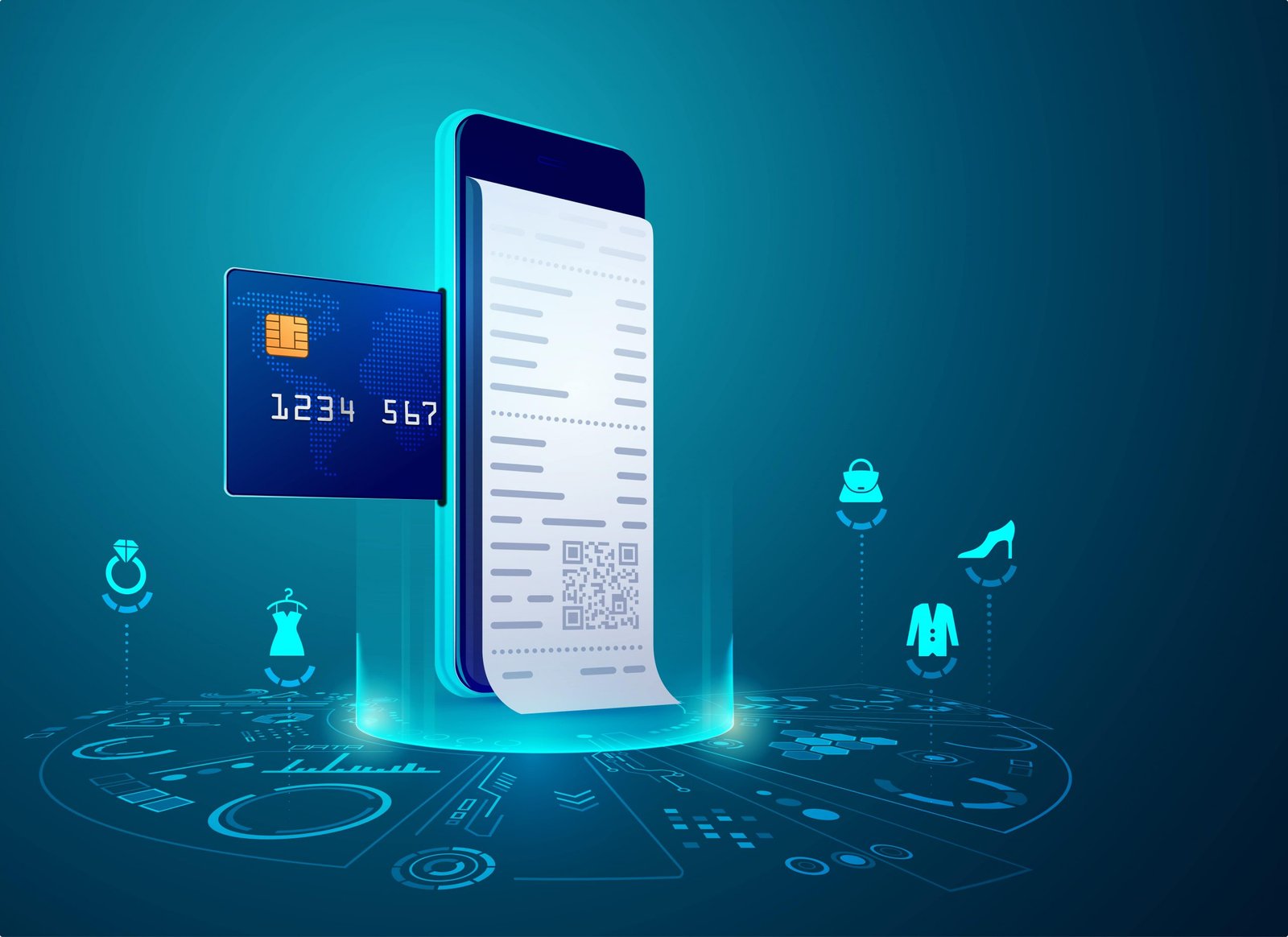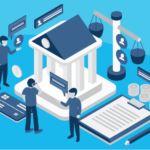Credit Meets Connectivity: The Power of Network Effects in Modern Lending – In this hyper-connected digital world, lending is no longer just about being approved through traditional financial metrics. There is a silent shift happening in lending, where connectedness is magnifying the impact through network effects. Whether it’s peer-to-peer lending or fix finance, connected credit is creating more expansive, dynamic, and intelligent lending ecosystems.
Let’s explore how connected credit and connectivity are reshaping the lending landscape, and why it matters more than ever in a changing world.
Understanding Network Effects in Lending
Network effects describe the rise in value of a product or service as more users adopt it. Think about platforms like Facebook, LinkedIn, or YouTube – the utility of those platforms increases when more participants join in. Importantly, this same logic is race in lending and applications in some financial ecosystems. It’s important to note that from a lending perspective, network effects represent paradigm shifts in the way early data is collected, risk is assessed, and loans are made.
The more users who are part of a lending ecosystem, the richer the initial data and the finer the insights that lead to better decision-making, efficient underwriting, and possibly lower default rates.
Traditional Lending to Digital Ecosystems
Lending historically has been predicated on credit reliability, banking histories, and collateral. Traditional lending systems discounted individuals or businesses with no credit reliability history and excluded those that operated in the informal economy. Connectivity changes the playing field.
Through digital connectivity –
- Alternative data sources can now be purposefully and strategically utilized as credit signals.
- Services like Amazon, Shopify, and PayPal can provide embedded credit that is directly related to real-time sales and behavior.
- We begin to see peer-to-peer and decentralized finance modeled, as trust becomes algorithmically-based, where creating a network creates beneficial network effects and enables scale.
This process democratizes credit, increases access to isolated populations, and creates trust like nothing seen in traditional systems, even considered as possible.
Key Benefits of Networked Lending Models
1. Improved Credit Evaluation
More borrowers and lenders joining a network for lending allows the network to learn and evolve. Each transaction allows machine learning algorithms to build trust that borrowers are creditworthy and enables lenders to make faster and more accurate lending decisions.
2. Lower Costs and Faster Approvals
Digital infrastructure can mitigate the need for paperwork, human involvement through inputs and approvals, and redundant processes. With API and open banking frameworks, lenders may not need days, but instead only minutes, to approve loans.
3. More Inclusivity and Access to Capital
Network effects empower lenders to lend money to individuals who are invisible in the financial markets, gig economy workers, micro-businesses, and freelancers based on their digital footprints as opposed to credit history.
4. Resilient Risk Management
The extent of predictive analysis and early warning systems of potential defaults in a lending network increases with the number of participants in the network and data sources.
Challenges in the connected lending ecosystem
The potential is significant, but connected lending models are also challenging –
Privacy and Data Security
Improved connectivity means increasing exposure of data, and strong data governance and cybersecurity frameworks are always important.
Regulatory Uncertainty
The emergence of omni-channel lending will require the development of great regulatory frameworks to secure consumers and ensure systemic stability as non-bank lenders and DeFi platforms continue to rapidly rise.
Algorithmic Bias
AI-based credit models must be transparent and monitored to mitigate reinforcing existing inequalities and bias based on existing datasets.
The Future: A Networked Lending World
The path is clear, the future is going to be a loan in platforms, ecosystems, and networks. Here are some highlights to wish for –
- Interoperable ecosystems where banks, fintechs, and data providers work together in open APIs.
- Hyper-personalized lending that inputs real-time behavioral data.
- Global lending networks that make cross-border credit more accessible and productive.
- AI-based ecosystems that learn efficiently and update credit models quickly based on market conditions and borrower behavior.
In this connected version of life, credit is no longer some product, but a service embedded into digital life. Connectivity doesn’t just augment lending, it transforms it.
Conclusion
In a world of digital behavior as revealing as a credit score, we have just seen one of the biggest leaps forward in lending evolution with the combination of credit and connectivity. The network effects that transformed social media and e-commerce are now transforming finance. Lenders, fintechs, and regulators must view this transition as more than a shift in technology, but as a social responsibility.
When credit meets connectivity, opportunity scales. In a networked future, financial empowerment may not be a privilege; it could become the standard.
FAQs
What are network effects in lending?
Network effects in lending refer to the value of a lending platform or ecosystem increasing as more users join. The further the network extends and the greater the number of participants, data sources, and experiences within the network, the smarter and more efficient the lending process becomes.
How does connectivity increase credit access for underserved or unbanked populations?
Connectivity enables lenders to assess alternative data such as mobile transactions, utility payments, and e-commerce behavior. As a result, individuals with strong viability but lacking traditional credit histories can access loans, thus allowing lenders to provide more widely available credit and expand financial inclusion in the process.
Are connected lending models safe and secure?
Yes, they can be, but it depends on the infrastructure. Lenders must apply strong data encryption, user privacy protections, and adhere to compliance standards to ensure safe transactions in a connected ecosystem.
What role does AI play in connected lending?
AI processes huge amounts of network data to assess credibility, predict risk, automate approvals, and personalize loan offers. The more connected the network, the smarter the AI becomes with time.








